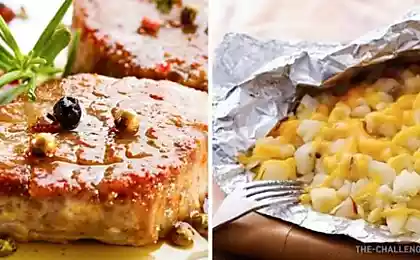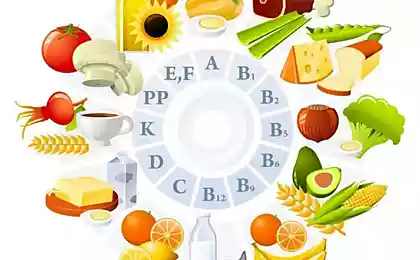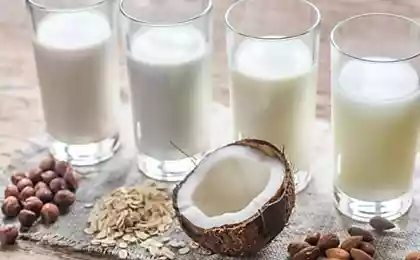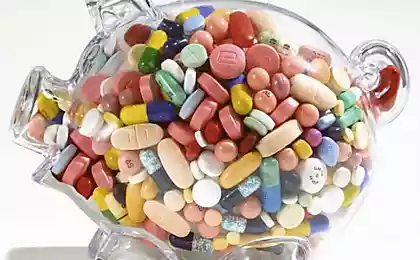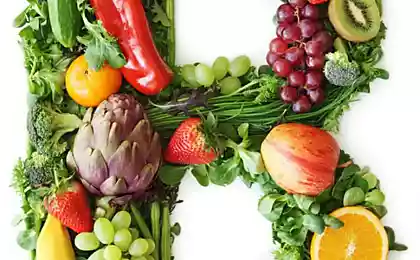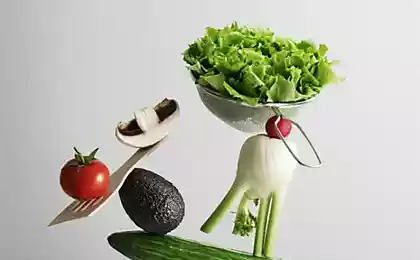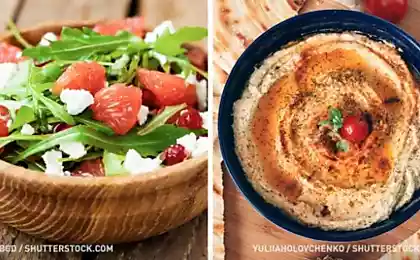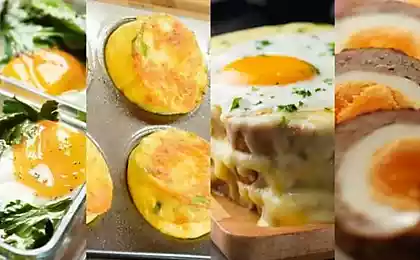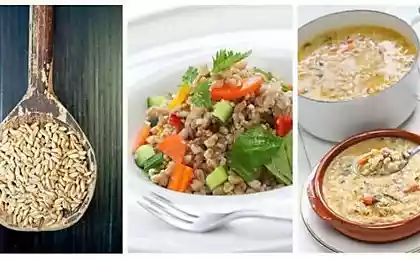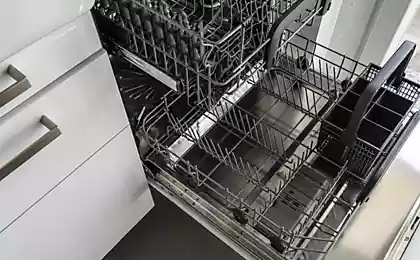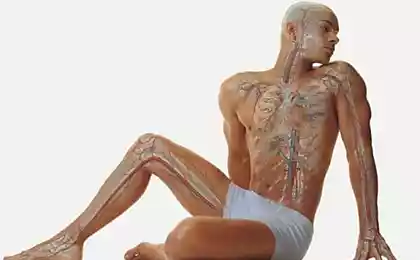521
As during cooking to preserve vitamins

"I wonder how useful they will be staying?" — wonder mistress, throwing it into boiling water with another portion of vegetables, and lamenting the loss of vitamins during thermal treatment. After all the valuable disappears from the products while we are preparing for that! So how to properly approach the process of preserving nutrients and get food not only taste, but health?
Let's start with the refrigerator
If you think that to protect the vitamins from destruction only in moments of exposure to high temperatures — you're wrong. Initially, proper storage of vegetables and fruits will give you a head start in their further processing. For example, vitamin C faster greens leaves stored in light and at room temperature. No wonder it has a special null zone in refrigerators with BioFresh mark. Where it belongs — next to tomatoes, cucumbers, cabbage and other moisture-containing products.
Initially, proper storage of vegetables and fruits will give you a head start in their further processing.
Did you know that frozen meat and fish will lose vitamins if they freeze? Such trivial errors you are making? What about the reverse process? After all, every second family has an oven or microwave with a quick defrost. How often do you use it? That's what it is! Meanwhile, experts on nutrition categorically declare that thawed food should be as slow as possible, moving them from the freezer in the fridge, and then into cold water.
Treatment
When our mothers and grandmothers taught us to thinly cut the skin of potatoes, carrots or beets, they cared not only about reducing the amount of discarded raw materials, but also the preservation of the product nutrients. Because many vegetables vitamin a layer located immediately under the shell. And she's so thin that it is easily removed together with unnecessary the top cover. So during the cleaning, remember the motto of the culinary school of the older generation: the skin needs to glow!
But for those who are lazy, too, there is a solution — heat-treatment "in uniform". To boil, simmer and fry the vegetables in the skin. There are a huge number of recipes that use this approach to their thermal treatment.
Before sending to the fire were 5, 4, 3...
Remember that cut and cleaned the products you need just before you are going to throw them in a pot or pan. After all, chopped up vegetables with a long wait for the next stage of cooking to lose ten to twenty percent of vitamin C. The same goes for soaking — no need to torment the same potatoes, permanently leaving it in the water. Let it sink in a pot of boiling water, quickly and with dignity, and in return it will save you the maximum nutrients.
Speaking of boiling water. It is in him and not in the slightly warmed liquid to throw food, if you want to keep more vitamins — during fast heating them destroys the least. Incidentally, almost the entire Eastern cuisine is built on the principle of "rapid fire": small pieces of products subjected to heat treatment at maximum temperature for a minimum amount of time. Maybe that's why Asians live longer? Should listen to the culinary advice of the oldest civilizations in the world!
Fry, soar, cook
Each of the three options of cooking has its advantages and disadvantages. The most useful from the point of view of preservation of vitamins is the treatment for a couple. There is no need for oil or broth, and, therefore, saturation occurs fats. Products do not heat above 100°C, so you do not lose water-soluble vitamins and minerals. For example, brown rice is recommended to prepare because when cooked it loses vitamin B1. In addition, in this method of cooking foods retain their color, smell and shape.
When we cook food, loss of vitamins increase by 30-60%. To reduce these figures it is possible to reduce the number of used for cooking water.
When we cook food, loss of vitamins increase by 30-60%. To reduce these figures it is possible to reduce the number of used for cooking water. Additionally, some nutritionists advise to use frozen products should be put in boiling water directly in the ice. Well cooked dish, of course, it is better not to warm up again.
Stir-frying is traditionally considered the most harmful way of cooking. Fat, carcinogens about these horror stories are heard every. But here's the paradox, when such a heat treatment lost the least vitamins of course, if the right to organize the process. The rule is simple: less fat, thinner pieces. So you will reduce the time of stay of products in the pan and, as we have said above, by reducing the time of heat treatment will retain more nutrients. Again, think middle Eastern food...
Stew, use the grill and bake
All of these methods will also help to retain vitamins in your products. Using foil or sleeve when baking, you raise the temperature and reduce the cooking time — you know the result. But if to exclude from kitchen utensils cookware copper, it is possible to reduce vitamin loss more.
Of course, any of the following methods does not guarantee you the complete safety of the vitamins and most of the nutrients will still fall on the field of culinary battle.
An alternative — raw food diet... Jokes aside, but they have some truth. If you rebuilt your diet so that it was more raw at high temperatures products (vegetables, fruits, herbs), then clearly your body will do incomparably more vitamins than in the traditional approach to nutrition. No wonder that nutritionists the world level is not the first year insist on the introduction of new rules for the consumption of "live" products. So in a very short time familiar to us the picture with the "healthy eating plate" can acquire a completely different form: vegetable green sector is on the chart at least half. Join fashion trends!
источник:dgficc.com
Source: /users/1077
Xenon protects the brain for head injury
In China will earn a payment system based on face recognition

